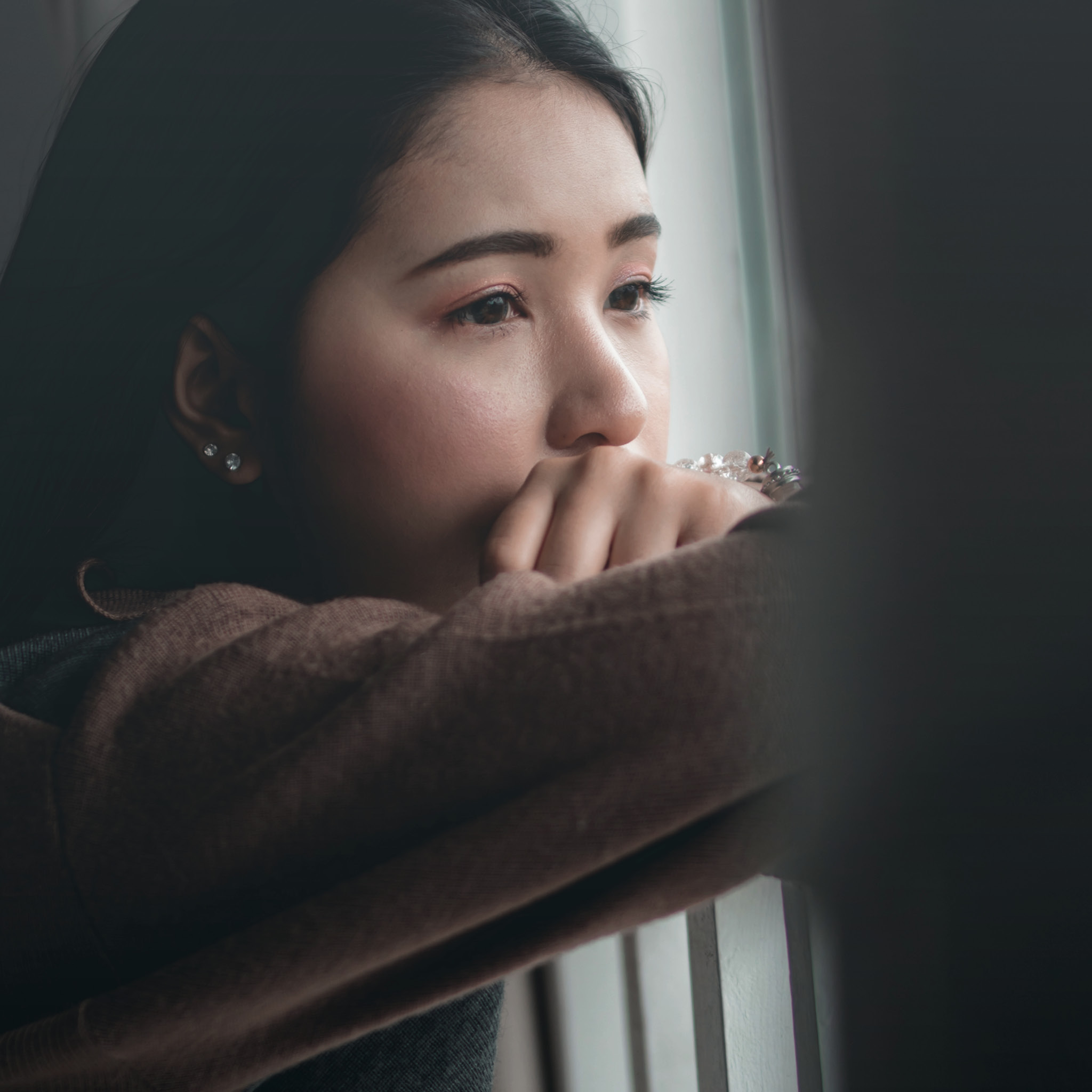In my last blog, I took you through the origins story of Instructional ABA Consultants. In it, I shared my professional entry into applied behavior analysis (ABA) and desire for equitable care. What I didn’t share was what brought me to the field in the first place, which, ironically, is still what drives so much of my life today. I’d like to take you to that beginning in hopes that it will bring us together today.
In the early 2000s, I was a bustling new college student with a quest for knowledge. I have always been motivated to learn but this time I got to choose what I wanted to know. After the swift and painless death of the dream to be a professional actress, I settled into the campus of The Ohio State University. I loved children, loved to learn, and deeply disliked suffering. These together placed me in the College of Human Ecology where I was shocked to find an actual place on earth that wanted to teach and study what I loved! I joined the college with the hopes of being a kindergarten teacher yet my core interest was the impact of adverse childhood experiences on human development. I knew in my gut that our experiences in early childhood would shape the quality of our future. What I didn’t know was why the people hurting children were hurting them; I just knew it was wrong.
Education to Behavioral Science
While at OSU, I immersed myself in classes, research, and field experiences, and went as far as to write an honors thesis under the brilliant Dr. Stephen Gavazzi. In my work with Dr. Gavazzi, I studied the impact that negative home environments and race play on truancy. Each book I opened, class I took, and paper I wrote confirmed my belief in the importance of early childhood. What I couldn’t seem to understand was why others were hurting children and then why systems supporting children weren’t yielding better outcomes. As I finished my undergraduate studies in early childhood education, my focus shifted from becoming a teacher. I still had questions about why hurtful behavior happens and how through that understanding help can be provided. It was this very query that landed me at The Chicago School of Professional Psychology (TCS) in the fall of 2010. A year later, I joined a mobile crisis team in Illinois.
The years that I spent at TCS were eye-opening. I was surrounded by like-minded people who also wanted to know why behaviors occurred and the impact on the environment! Each day at TCS was like Christmas morning to me. The science of human behavior was exactly what I was looking for. Our science’s theory of human behavior is that all behaviors occur because of a person’s interaction with the environment. Behavioral scientists then observe, analyze, and study exactly why a person’s behaviors occur following strict scientific principles. In understanding why the behaviors occur, behavioral scientists are then able to create treatments to change behaviors. ABA can be used across a wide modality of behavioral treatments; my focus was of course on maladaptive behaviors and supporting autistic children. My work with the crisis team then broadened the population I was serving to adults with developmental disabilities.
How to Use ABA the Right Way
This is the work I’ve written to you about, that we still do today at Instructional ABA Consultants. We use the science of applied behavior analysis to improve the lives of children with autism and adults with developmental disabilities. Unlike so many other ABA companies, we still provide crisis support and my team now trains on Safety Care, a training program I learned over a decade ago. We also pay our RBTs a higher rate when working with our clients who qualify as a crisis because I know first-hand how challenging that work is – challenging and rewarding.
So what is it that the principles of ABA allow us to see that we cannot see without it? I used to think about everything when I was a radical behavior analyst. I was so in love with the science because it explained everything. Almost two decades later I’ve come to understand that ABA provides a foundation of understanding why behaviors occur.
ABA focuses heavily on observing what comes before and after a behavior to understand why the behavior occurs. We call this our ABCs – antecedent, behavior, consequence. By studying this pattern of behavior, we can almost always find why behavior is happening in the moment. What we can’t see is the vast undercurrent (or covert events) inside of the person engaging in behavior. The longer I’ve been in the field, the more I have come to ask.
“What can we see, and what can’t we see?”
Through this question, I’ve come to realize that a limitation of our field is that it is based on only what we can see. The answer of “What can we see, and what can’t we see?” is always a need not met. Hold that just for a moment; every behavior that results in pain is motivated by a need not met. Applied behavior analysis allows us to see on the surface what the person suffering is asking for, but does not look at the origin story of the wound. Personally and professionally I’ve come to believe that both are equally important.
What then can we do to negate suffering? A million and one things I’m sure. I work and live alongside people who truly believe all beings have a right to a life lived freely. To suffer is to be caged. Those million and one things are not for today. Today is to provide an answer to my question that perhaps will ignite compassion among us all.
Why do people hurt other people? They are hurting too.
Xoxo,
Jessie Cooper


